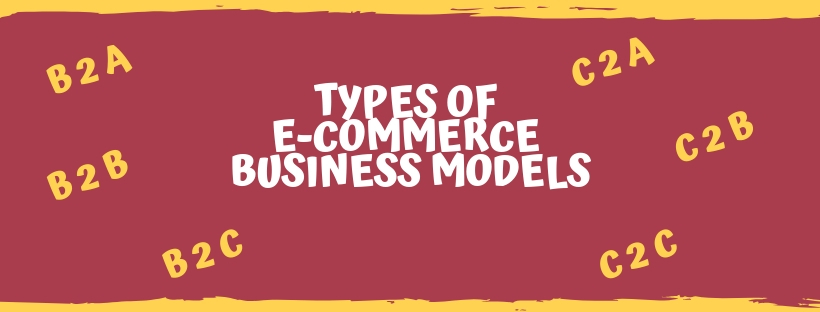E-commerce is electronic commerce, which is essentially the process of buying or selling goods, services, or products, over an electronic medium. The important part here, which differentiates it from commerce, is the fact that electronic media acts as a means of communication between the various parties involved. They involve payments which are also done through an electronic medium and have the advantage of being close to paperless. They come with some advantages, but it is important for you to understand the different types of ecommerce business models before you begin setting foot into these new territories of business. Below, we make this easier for you by explaining the main 6 types of ecommerce systems.
Business-to-Business (B2B)
This is the commerce that takes place between two companies or businesses, as the name suggests. This includes the sales between the manufacturer, wholesaler, middlemen, and then the retailers. When all of this takes place through the internet or electronic medium, say through websites and similar means of communication, it is referred to as ecommerce. The payments may be on delivery, or through different online banking systems.
Business-to-Consumer (B2C)
This model involves the business selling to the customer, on an online platform. Here, the customers usually take their time and decide upon their purchases based on online catalogs, images, and descriptions. They may also turn to forums or reviews from other customers for information. The payment is again in the form of either cash at the delivery stage, or as online transactions. The most common examples of this type of ecommerce include the famous online retailers Amazon, and Flipkart.
Consumer-to-Consumer (C2C)
Here, products, services, or goods are sold by the consumer through electronic media, to other customers. This may include the sale of property, things, services, etc. Some common websites that can be considered to understand this concept better are OLX, or Quickr which are essentially applications for selling and buying products that are used. There are no producers or manufacturers involved, and it is purely transactions between customers.
Consumer-to-Business (C2B)
This is the opposite of the B2C model, as the transaction begins with the consumer. The consumer provides products or services which are valuable to the business organization. This may include products, software, or skills, which the business requires.
Business-to-administration (B2A)
This is also known as B2G ecommerce, or Business to government ecommerce, as it involves using a central database or communication channel to enhance the communications between businesses, and government agencies. These channels make it easier for them to transfer information than if they were to depend solely on their searches through the internet. This type of ecommerce also involves the sale or marketing of commodities by the public sector to the government at different levels.
Consumer-to-Administration (C2A)
This is a type of ecommerce model which assists the consumers in gaining or asking for information about different public sector ventures. These questions can be posted directly to government authorities, or the administration, through discussion forums, or as questions. The questions, in this case, are mainly regarding personal things such as taxes, or payments, which often have complicated procedures and may require clarifications. It is an effective way of maintaining communication between the government and the consumers.
That brings us to the end of our list of the 6 types of ecommerce businesses which can exist. Hopefully, you found one category which applies to the specific business you own or are looking into. Understanding what sort of business model yours is can be greatly helpful when you begin marketing, strategizing, and analyzing your data. Until next time, good luck!


